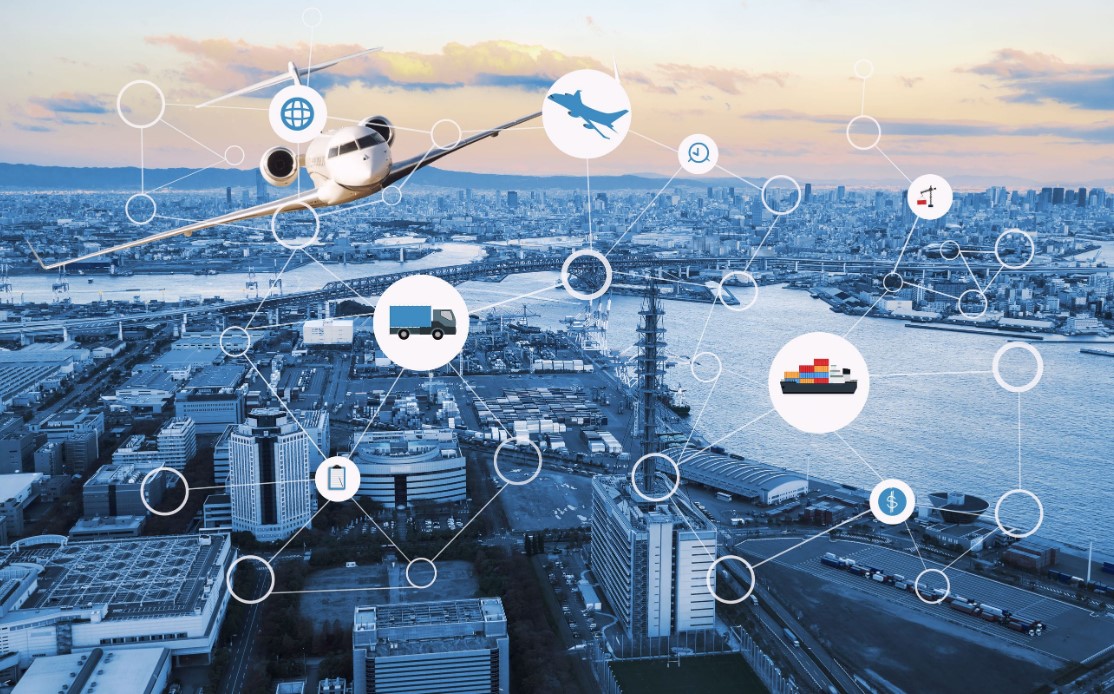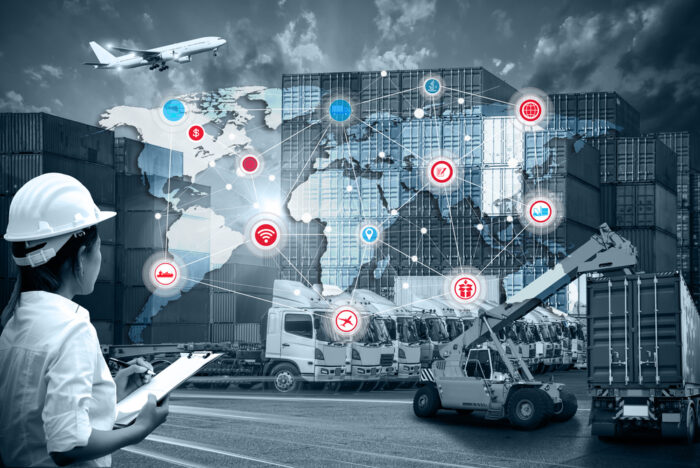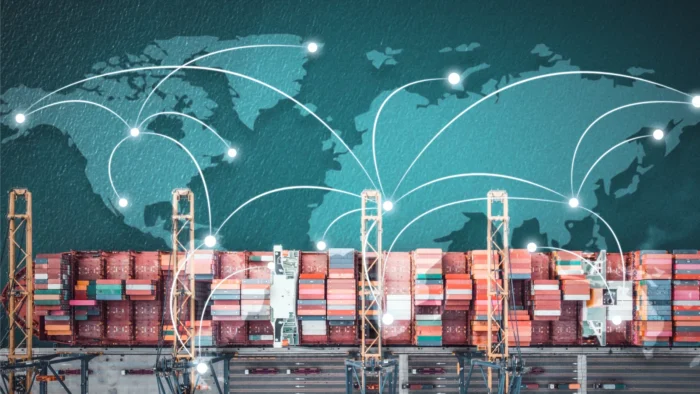
Freight and logistics are an important part of the global economy. It refers to the transportation, storage, and distribution of goods from one place to another. It includes arranging for the pick-up, transport, and delivery of goods from one location to another. There are many different types of freight services available depending on the needs of a company or individual.
Logistics is a critical component in how businesses move their products around the world. It involves all aspects involved in getting products from point A to point B such as warehousing, transportation, inventory management, and more. Logistics can be broken down into two main categories: domestic logistics which covers all aspects within one country, and international logistics which covers all aspects across multiple countries. You may click here for commercial freight and logistics at Myfreight.
There are various modes of transportation used within freight operations including air freight, trucking/road transport, water transport (shipping), rail transport (railroads) and pipeline transport (oil pipelines). Each mode has its own advantages and disadvantages when it comes to cost efficiency as well as time sensitivity for delivery timescales.
The most common type of freight service between two points is Less-Than-Truckload shipping (LTL). This method allows companies to ship multiple smaller shipments at once instead of shipping
Challenges of the Freight and Logistics Industry

The freight and logistics industry is a complex web of services that are essential to the global economy. It encompasses everything from international shipping to local deliveries, managing inventory and warehousing. With the rise of e-commerce, the scope and complexity of these operations have increased significantly in recent years. As a result, companies in the freight and global logistics industry face a number of challenges when it comes to meeting customer expectations for fast delivery times, cost-effectiveness, reliability, and efficiency.
One major challenge facing companies in this sector is the rising demand for faster delivery times. Customers want their packages delivered as quickly as possible—even if it means paying more for expedited shipping services—which can put pressure on freight companies to optimize their networks for speed and efficiency. This can be difficult because many parts of the global network are complex with multiple modes (air cargo, sea shipping) involved depending on origin/destination points as well as other factors such as weather conditions or customs regulations that can cause delays outside of carriers’ control.
Another challenge is dealing with increasingly complex government regulations related to customs clearance processes and international trade agreements which must be followed in order for goods to pass through borders without any delays or disruptions caused by additional paperwork requirements or fees associated with cross-border shipments
The Growing Importance of Automation in the Freight and Logistics Industry

In recent years, the freight and logistics industry has seen a surge in the use of automation. As technology advances, automation is becoming increasingly important for businesses to stay competitive in an ever-changing global market. Automation is transforming the way goods are shipped and transported around the world, making it easier for companies to manage their supply chains and improve customer service.
To start with, automation helps streamline operations by reducing manual labor requirements. Automated systems can handle routine tasks such as inventory management, route optimization, and order tracking with minimal human intervention. This reduces costs associated with labor while improving the efficiency and accuracy of processes. Additionally, automated systems enable companies to access real-time data on their shipments which they can use to make better decisions regarding production or delivery schedules.
Moreover, automated systems help improve customer service by providing customers with accurate information about their shipments at any time of day or night. With automated tracking systems in place, customers can know exactly where their shipment is without having to contact customer service representatives multiple times throughout the delivery process. This helps ensure that goods are delivered on time while keeping customers informed throughout every step of the journey – from pickup to final destination.
Finally, automation also helps reduce the environmental impact associated with shipping goods by minimizing carbon emissions.
Conclusion
Freight and logistics are a crucial part of the global economy. It provides a way to transport goods quickly, efficiently, and safely. The industry has seen tremendous growth in recent years and continues to evolve with new technologies that make it easier for companies to manage their supply chains. With continued investment in the sector, freight and logistics will continue to be important parts of our everyday lives.








